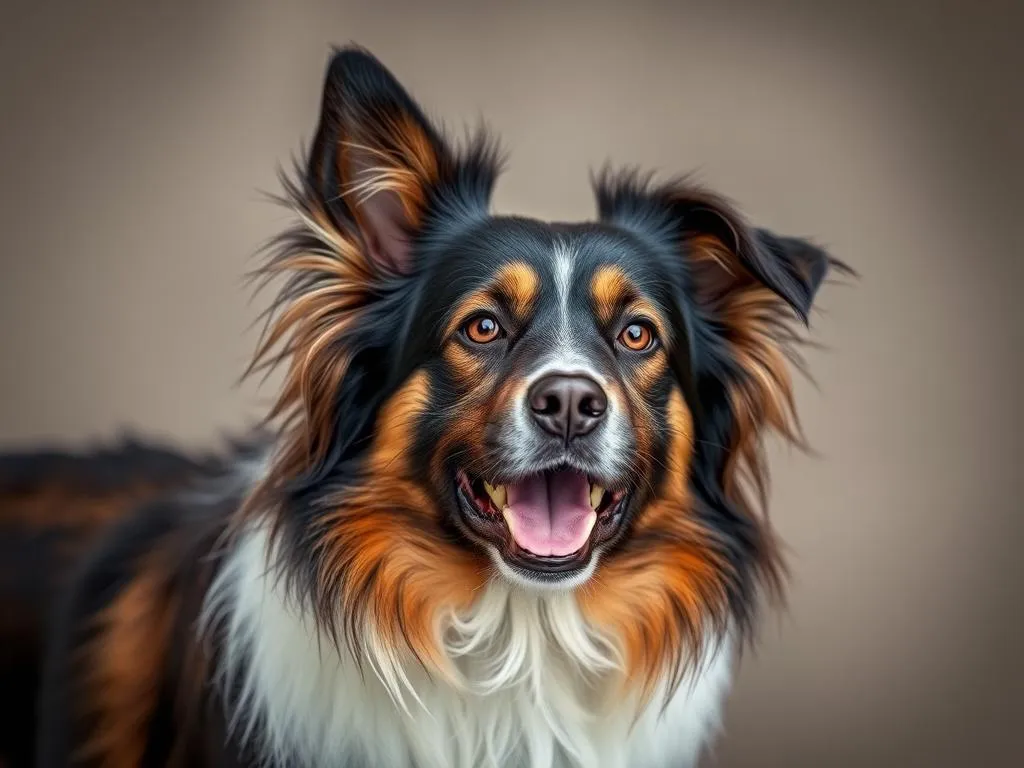
Introduction
Dog breeds in Mexico hold a significant place in the nation’s culture and history. From ancient times to the modern era, these breeds have played a crucial role in the lives of the people, serving various purposes from companionship to work. Understanding Mexican dog breeds is essential for potential owners and enthusiasts who wish to appreciate the rich heritage and unique characteristics of these animals. This article will delve into the history, popular breeds, care requirements, health considerations, and the importance of adoption related to Mexican dog breeds.
History of Dog Breeds in Mexico
Ancient Origins
The history of Mexican dog breeds can be traced back to pre-Columbian times. Dogs were domesticated by indigenous cultures such as the Aztecs and Mayans, who revered them not only as companions but also as ceremonial animals. The Xoloitzcuintli (pronounced show-low-eats-queen-tlee), also known as the Mexican Hairless Dog, is one of the oldest breeds, believed to have existed for over 3,000 years. These dogs served practical roles, such as hunting and guarding, and were often included in religious rituals.
Influence of European Colonization
With the arrival of Spanish colonizers in the 16th century, non-native dog breeds were introduced to Mexico. This interaction had a profound impact on indigenous breeds, leading to mixed breeding practices and the potential decline of some native types. Despite this, many Mexican breeds have survived and adapted, showcasing a unique blend of ancient and modern characteristics.
Overview of Mexican Dog Breeds
Classification of Breeds
Mexican dog breeds can be classified based on various factors, including size, purpose, and physical characteristics. They range from small companion breeds like the Chihuahua to larger working breeds like the Perro de Presa Canario. Each breed possesses distinct traits that make them suitable for specific roles, whether as family pets or working dogs.
Cultural Significance
Many Mexican dog breeds are deeply intertwined with the nation’s cultural heritage. For instance, the Xoloitzcuintli is not only recognized for its unique appearance but also holds spiritual significance in Mexican folklore. Similarly, the Chihuahua has become an iconic symbol of Mexico, often seen as a representation of the country in popular culture.
Popular Mexican Dog Breeds
Chihuahuas
The Chihuahua is perhaps the most famous of the Mexican dog breeds. Known for their small size and vibrant personalities, these dogs typically weigh between 2 to 6 pounds. Chihuahuas are affectionate, loyal, and can be quite protective of their owners. Their care needs include regular exercise, a balanced diet, and socialization to prevent behavioral issues. Their popularity has skyrocketed, making them a staple in many households and an enduring symbol of Mexican culture.
Xoloitzcuintli (Xolo)
The Xoloitzcuintli, or Xolo, is a unique and ancient breed characterized by its hairless coat. They come in three sizes: toy, miniature, and standard. Xolos are known for their calm temperament and devotion to their families. However, they do require special care due to their lack of fur, which makes them susceptible to skin issues. Historically, Xolos were considered sacred by the Aztecs and were believed to guide souls in the afterlife. Today, they are recognized by major kennel clubs and celebrated for their historical significance.
Chihuahua Mix Breeds
Chihuahua mixes have become increasingly popular as they often retain the charming traits of the Chihuahua while introducing new characteristics from other breeds. Common mixes include the Chorkie (Chihuahua and Yorkie) and the Chiweenie (Chihuahua and Dachshund). These mixed breeds can vary widely in temperament and appearance, offering potential owners a diverse range of options. However, potential owners should consider the pros and cons of mixed breeds, such as unpredictable traits and potential health issues.
Mexican Hairless Dog
The Mexican Hairless Dog, synonymous with the Xoloitzcuintli, is recognized for its unique physical traits and minimal grooming needs. However, they can face health issues related to their hairlessness, including skin infections and dental problems. Regular veterinary check-ups and a proper skincare routine are essential to maintain their health. This breed’s uniqueness has attracted much attention, making them a sought-after companion for dog lovers.
Lesser-Known Mexican Dog Breeds
Perro de Presa Canario
The Perro de Presa Canario is a powerful dog breed that was originally developed for working purposes, particularly for guarding livestock. These dogs are known for their muscular build and confident demeanor. They require experienced handling, as their strong-willed nature can lead to challenges in training. With proper socialization and training, they can be loving family members, but potential owners should be prepared for their exercise and training needs.
Dogo Argentino
Though originally bred in Argentina, the Dogo Argentino has gained popularity in Mexico for its versatility and family-friendly nature. This breed is known for its strength, intelligence, and protective instincts. They are affectionate with families but require consistent training and socialization from an early age. Their energy levels make them suitable for active families who can provide the necessary exercise and mental stimulation.
Mexican Street Dogs (Perrito de la Calle)
Often referred to as Perrito de la Calle, these dogs are the mixed-breed dogs found in urban areas across Mexico. They are incredibly adaptable and resilient, often thriving in challenging environments. Many of these dogs are in need of homes, making adoption a vital part of addressing pet overpopulation in the country. Adopting a street dog not only provides a loving home but also contributes to the efforts of local rescue organizations.
Care and Training of Mexican Dog Breeds
General Care Guidelines
Caring for Mexican dog breeds involves understanding their specific nutritional, exercise, and grooming needs. Most breeds thrive on high-quality dog food tailored to their size and activity level. Regular exercise is crucial to keep them mentally and physically stimulated. Grooming requirements will vary; for instance, breeds like the Xoloitzcuintli may need minimal grooming, while others may require regular brushing to manage shedding.
Training Tips
Training is essential for all Mexican dog breeds to ensure they become well-adjusted pets. Positive reinforcement is the most effective training method, emphasizing rewards for good behavior. Socialization is equally important, particularly for breeds that may be wary of strangers or other animals. Early exposure to various environments, people, and pets can help mitigate potential behavioral issues.
Health Considerations
Common Health Issues in Mexican Breeds
Like all dog breeds, Mexican dog breeds can be prone to specific health issues. For example, Chihuahuas may face dental problems due to their small mouths, while Xoloitzcuintli can experience skin issues related to their hairlessness. It’s vital for owners to be aware of these potential concerns and to monitor their pets for any signs of illness.
Preventative Care
Preventative care is key to maintaining the health of Mexican dog breeds. Regular veterinary check-ups, vaccinations, and dental cleanings are essential components of a proactive health care plan. Additionally, a balanced diet and regular exercise can help prevent obesity-related health issues, ensuring a longer, healthier life for your pet.
Adoption and Rescue
Importance of Adopting Mexican Breeds
Adopting Mexican dog breeds from shelters or rescue organizations is incredibly beneficial. It not only gives a dog a second chance at life but also helps reduce the overall number of homeless pets. Many of these dogs are loving and loyal companions, ready to become part of a family.
Resources for Adoption
In Mexico, several organizations focus on rescuing and rehoming dogs, including those specific to Mexican breeds. Local shelters and breed-specific rescues play a crucial role in finding homes for abandoned and stray dogs. Engaging with these organizations can lead to rewarding adoption experiences.
How to Spot a Responsible Breeder
If you choose to adopt from a breeder, it’s essential to ensure they practice ethical breeding. Look for traits such as transparency about health testing, a clean and safe environment for the dogs, and a willingness to provide support throughout the dog’s life. Responsible breeders are also interested in placing their puppies in suitable homes and will ask potential owners questions to ensure a good fit.
Conclusion
Mexican dog breeds are not only a reflection of the country’s rich cultural heritage but also offer potential pet owners unique and loving companions. From the spirited Chihuahua to the ancient Xoloitzcuintli, each breed possesses distinct characteristics that can enrich family life. By considering the importance of adoption and responsible ownership, we can ensure that these amazing dogs find the loving homes they deserve.








